Assessing Green Features of “Phumdi” as a Sustainable Material: A Comparative Analysis with Bamboo, Wood, Metal, and Plastic
Abstract
1. Introduction
Floating Building Materials Worldwide
2. Methods and Materials
2.1. Pre-Building Phase
2.2. Building Phase
2.3. Post-Building Phase
3. Results
3.1. Phumdi
3.2. Wood
3.3. Bamboo
3.4. Plastic Barrels
3.5. Corrugated Metal Sheet
4. Conclusions
Author Contributions
Funding
Institutional Review Board Statement
Informed Consent Statement
Data Availability Statement
Conflicts of Interest
References
- Meitei, M.D.; Prasad, M.N.V. Phoomdi—A unique plant biosystem of Loktak lake, Manipur, North-East India: Traditional and ecological knowledge. Plant Biosyst. 2015, 149, 777–787. [Google Scholar] [CrossRef]
- Singh, A.L.; Khundrakpam, M.L. Phumdi proliferation: A case study of Loktak lake, Manipur. Water Environ. J. 2011, 25, 99–105. [Google Scholar] [CrossRef]
- Singh, C.R. Hydrological and Hydraulic Modelling for the Restoration and Management of Loktak Lake, Northeast India. Ph.D. Thesis, Department of Geography, University College London, London, UK, 2010. [Google Scholar]
- Singh, A.L.; Moirangleima, K. Dying Wetlands: A Threat to Livelihoods of Loktak Lake Dwellers. Greener J. Phys. Sci. 2012, 2, 107–116. [Google Scholar]
- Devi, R.S.; Satapathy, K.B.; Kumar, S. Ethnobotanical Plants of Phumdi, Loktak Lake, Manipur, India. Asian Pac. J. Health Sci. 2022, 9, 77–80. [Google Scholar] [CrossRef]
- Khoiyangbam, R.S. Wetlands in Loktak: Issues and challenges of merging Wildlife conservation and Hydropower generation—An Overview. Int. J. Lakes Rivers 2021, 14, 223–236. [Google Scholar]
- Vasilyeva, D.; Martinez, V.; Londra, L.; Prisco, S. TUYUYAÑA Floating Community Centre for Los Uros Puno, Peru. Master’s Thesis, Politecnico di Milano, Milan, Italy, 2015. [Google Scholar]
- Hidalgo-Cordero, J.F.; García-Navarro, J. Totora (Schoenoplectus californicus (C.A. Mey.) Soják) and its potential as a construction material. Ind. Crop. Prod. 2017, 112, 467–480. [Google Scholar] [CrossRef]
- Steffens, F.; Steffens, H.; Oliveira, F.R. Applications of Natural Fibers on Architecture. Procedia Eng. 2017, 200, 317–324. [Google Scholar] [CrossRef]
- Nguyen, T.T.T. Promoting Sustainability and Resilience in Vietnam’s Floating Community: The Assessment of Innovative Housing Units and Materials for Adaptation to Climate Change. Ph.D. Thesis, BTU Cottbus–Senftenberg, Brandenburg, Germany, 2021. [Google Scholar] [CrossRef]
- Chen, Y.; Tang, Q.; Zheng, L.; Chen, J. Research on the Design of Lakeside Homestays Under the Influence of the Humanistic Characteristics of Water-Faring Community (Tanka)’S in Cantonese Area. In Proceedings of the DARCH 2022 2nd International Conference on Architecture & Design, Online, 21–22 March 2022. [Google Scholar] [CrossRef]
- Roshko, T. The floating dwellings of Chong Kneas, Cambodia. Build. Landsc. 2011, 18, 43–59. [Google Scholar] [CrossRef]
- Linh, V.T.P.; Shannon, K.; De Meulder, B. Contested Living with/in the Boeng Chhmar Flooded Forests, Tonle Sap Lake, Cambodia. Land 2022, 11, 2080. [Google Scholar] [CrossRef]
- Trang, N.T.T.; Vukorep, I.; Stopp, H. Floating Village Cua Van: Promoting Climate-Adaptive Ecotourism with Principles of Living Spaces. In Cultural Sustainable Tourism: A Selection of Research Papers from IEREK Conference on Cultural Sustainable Tourism (CST), Greece 2017; Springer: Cham, Switzerland, 2019; pp. 13–28. [Google Scholar]
- Trang, N.T.T. Architectural approaches to a sustainable community with floating housing units adapting to climate change and sea level rise in Vietnam. Int. J. Civil Environ. Struct. Constr. Archit. Eng. 2016, 10, 168–179. [Google Scholar]
- Bajwa, D.S.; Sitz, E.D.; Bajwa, S.G.; Barnick, A.R. Evaluation of cattail (Typha spp.) for manufacturing composite panels. Ind. Crop. Prod. 2015, 75, 195–199. [Google Scholar] [CrossRef]
- Flores, J.A.; Pastor, J.J.; Martinez-Gabarron, A.; Gimeno-Blanes, F.J.; Rodríguez-Guisado, I.; Frutos, M.J. Arundo donax chipboard based on urea-formaldehyde resin using under 4 mm particles size meets the standard criteria for indoor use. Ind. Crop. Prod. 2011, 34, 1538–1542. [Google Scholar] [CrossRef]
- Bengoa, G.; Hidalgo Castro, E.P. Diseño Interior Biosostenible Aplicado a la Ciudad de Cuenca. Master’s Thesis, Universidad del Azuay, Cuenca, Ecuador, 2016. [Google Scholar]
- Wichmann, S.; Köbbing, J.F. Common reed for thatching—A first review of the European market. Ind. Crop. Prod. 2015, 77, 1063–1073. [Google Scholar] [CrossRef]
- Graham, P. Building Ecology: First Principles for a Sustainable Built Environment; John Wiley & Sons: Hoboken, NJ, USA, 2009; ISBN 1405147547. [Google Scholar]
- Attmann, O. Green Architecture: Advanced Technologies and Materials; McGraw-Hill Education: New York, NY, USA, 2010; ISBN 0071625011. [Google Scholar]
- Umar, U.A.; Tukur, H.; Khamidi, M.F.; Alkali, A.U. Impact of environmental assessment of green building materials on sustainable rating system. Adv. Mater. Res. 2013, 689, 398–402. [Google Scholar] [CrossRef]
- Mrinalini, A.; Sasidhar, K.; Jayanthi, D. Study on the application of reuse and recyclable materials in designing the regional commercial interior spaces. IOP Conf. Ser. Earth Environ. Sci. 2023, 1210, 012019. [Google Scholar] [CrossRef]
- Munsell, F.; Schilling, E.; Ecology, F. Comparison between Traditional Building Materials & Innovative Green Building Materials. Int. J. Eng. Res. Technol. 2021, 9, 189–193. [Google Scholar]
- Susanto, D.; Lubis, M.S. Floating houses “lanting” in Sintang: Assessment on sustainable building materials. IOP Conf. Ser. Earth Environ. Sci. 2018, 126, 012135. [Google Scholar] [CrossRef]
- Kim, J.; Rigdon, B. Qualities, Use, and Examples of Sustainable Building Materials; National Pollution Prevention Center for Higher Education: Ann Arbor, MI, USA, 1998; Available online: http://scholar.google.com/scholar?hl=en&btnG=Search&q=intitle:Qualities+,+Use+,+and+Examples+of+Sustainable+Building+Materials#1 (accessed on 2 November 2023).
- Chung, K.F.; Chan, S.L. Design of Bamboo Scaffolds; Hong Kong Polytechnic University: Hong Kong, 2002; ISBN 9623673671. [Google Scholar]
- Silva, L.H.P.; de Paiva, F.F.G.; Tamashiro, J.R.; de Almeida, M.P.B.; de Maria, V.P.K.; de Oliveira, V.M.A.; Kinoshita, A. Bamboo as a Sustainable Building Material. In Bamboo and Sustainable Construction; Springer: Singapore, 2023; pp. 1–23. [Google Scholar]
- Bahadur, M. The Art of Bamboo: Bamboo in Manipuri Cultural Life India, Bangladesh and Myanmar: Cane and Bamboo Crafts of NE India, Bangladesh, Myanmar and Thailand; Mutua Museum: Andro, India, 2013. [Google Scholar]
- Adi, H.P.; Wahyudi, S.I.; Ni’Am, M.F.; Haji, S. An Analysis of Plastic Barrels as a Platforms Material of Floating House in Coastal Areas. IOP Conf. Ser. Earth Environ. Sci. 2020, 498, 012066. [Google Scholar] [CrossRef]
- Usapein, P.; Chavalparit, O. Options for sustainable industrial waste management toward zero landfill waste in a high-density polyethylene (HDPE) factory in Thailand. J. Mater. Cycles Waste Manag. 2014, 16, 373–383. [Google Scholar] [CrossRef]
- Subramanian, M.N. Plastics Waste Management: Processing and Disposal; John Wiley & Sons: Hoboken, NJ, USA, 2019; ISBN 1119556198. [Google Scholar]
- Udomsri, S.; Petrov, M.P.; Martin, A.R.; Fransson, T.H. Clean energy conversion from municipal solid waste and climate change mitigation in Thailand: Waste management and thermodynamic evaluation. Energy Sustain. Dev. 2011, 15, 355–364. [Google Scholar] [CrossRef]
- Benyathiar, P.; Kumar, P.; Carpenter, G.; Brace, J.; Mishra, D.K. Polyethylene Terephthalate (PET) Bottle-to-Bottle Recycling for the Beverage Industry: A Review. Polymers 2022, 14, 2366. [Google Scholar] [CrossRef]
- Elduque, A.; Elduque, D.; Pina, C.; Clavería, I.; Javierre, C. Electricity consumption estimation of the polymer material injection-molding manufacturing process: Empirical model and application. Materials 2018, 11, 1740. [Google Scholar] [CrossRef]
- Zhong, X.; Zhao, X.; Qian, Y.; Zou, Y. Polyethylene plastic production process. Insight Mater. Sci. 2018, 1, 1. [Google Scholar] [CrossRef]
- Okeke, F.O.; Chukwuali, B.C.; Idoko, A.E. Environmentally-responsive design. A study of Makoko floating school building. Int. J. Dev. Sustain. 2019, 8, 476–487. [Google Scholar]
- Alabi, O.A.; Ologbonjaye, K.I.; Awosolu, O.; Alalade, O.E. Public and Environmental Health Effects of Plastic Wastes Disposal: A Review. J. Toxicol. Risk Assess. 2019, 5, 021. [Google Scholar] [CrossRef]
- Perugini, F.; Mastellone, M.L.; Arena, U. A life cycle assessment of mechanical and feedstock recycling options for management of plastic packaging wastes. Environ. Prog. 2005, 24, 137–154. [Google Scholar] [CrossRef]
- Elewa, R.E.; Afolalu, S.A.; Fayomi, O.S.I. Overview Production Process and Properties of Galvanized Roofing Sheets. J. Phys. Conf. Ser. 2019, 1378, 022069. [Google Scholar] [CrossRef]
- Chakravarty, T.K.; Panigrahi, S.K. Strategies for Solid Waste Management in SAIL Steel Plants. In Proceedings of the NS-EWM 1996, Jamshedpur, India; 1996. [Google Scholar]
- Basu, G.S.; Sharma, R.P.; Dhilon, A.S. Solid waste management in steel plants challenges and opportunities. Tata Search 2002, 39–42. [Google Scholar]
- Ren, L.; Zhou, S.; Peng, T.; Ou, X. A review of CO2 emissions reduction technologies and low-carbon development in the iron and steel industry focusing on China. Renew. Sustain. Energy Rev. 2021, 143, 110846. [Google Scholar] [CrossRef]
- Makkonen, H.T.; Heino, J.; Laitila, L.; Hiltunen, A.; Pöyliö, E.; Härkki, J. Optimisation of steel plant recycling in Finland: Dusts, scales and sludge. Resour. Conserv. Recycl. 2002, 35, 77–84. [Google Scholar] [CrossRef]
- Singh, M.K.; Mahapatra, S.; Atreya, S.K. Solar passive features in vernacular architecture of North-East India. Sol. Energy 2011, 85, 2011–2022. [Google Scholar] [CrossRef]
- Ovri, J.E.O.; Iroh, M. Corrosion effect of gas flaring on galvanized roofing sheet in Imo State, Nigeria. Int. J. Eng. Sci. 2013, 2, 339–345. [Google Scholar]
- Fayomi, O.S.I.; Popoola, A.P.I. An investigation of the properties of Zn coated mild steel. Int. J. Electrochem. Sci 2012, 7, 6555–6570. [Google Scholar] [CrossRef]
- Yuliani, S.; Hardiman, G.; Setyowati, E.; Setyaningsih, W.; Winarto, Y. Thermal behaviour of concrete and corrugated zinc green roofs on low-rise housing in the humid tropics. Archit. Sci. Rev. 2021, 64, 247–261. [Google Scholar] [CrossRef]
- Ihom, A.P.; Offiong, A. Zinc-Plated roofing Sheets and the effect of atmospheric pollution on the durability of the sheets. J. Multidiscip. Eng. Sci. Technol. 2014, 1, 125–132. [Google Scholar]
- Spennemann, D.H.R. Recording Corrugated Iron; Institute for Land, Water and Society, Charles Sturt University: Albury, Australia, 2014; pp. 1–6. [Google Scholar]
- Tam, V.W.Y.; Tam, C.M. A review on the viable technology for construction waste recycling. Resour. Conserv. Recycl. 2006, 47, 209–221. [Google Scholar] [CrossRef]
- Harvey, L.D.D. Iron and steel recycling: Review, conceptual model, irreducible mining requirements, and energy implications. Renew. Sustain. Energy Rev. 2021, 138, 110553. [Google Scholar] [CrossRef]
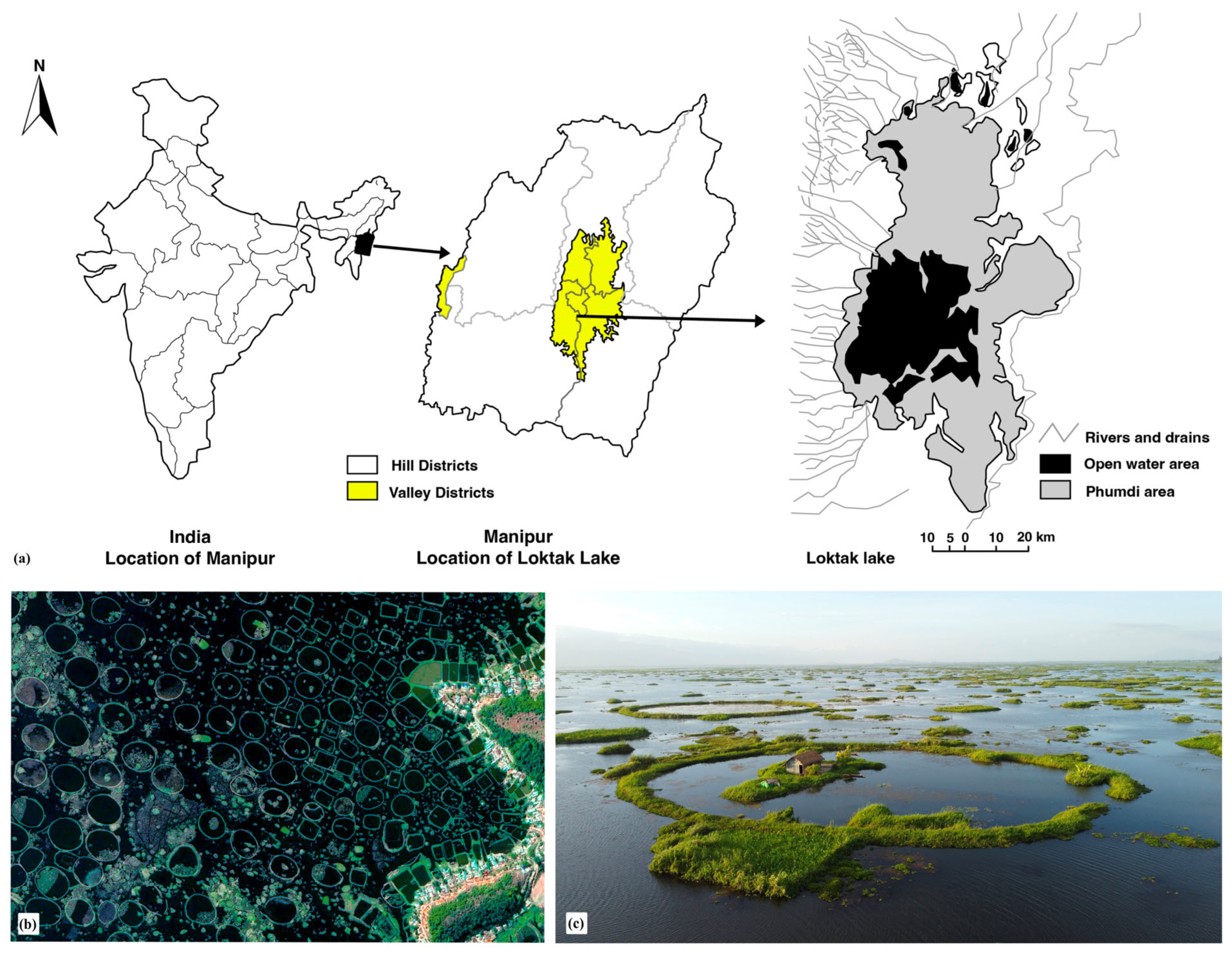
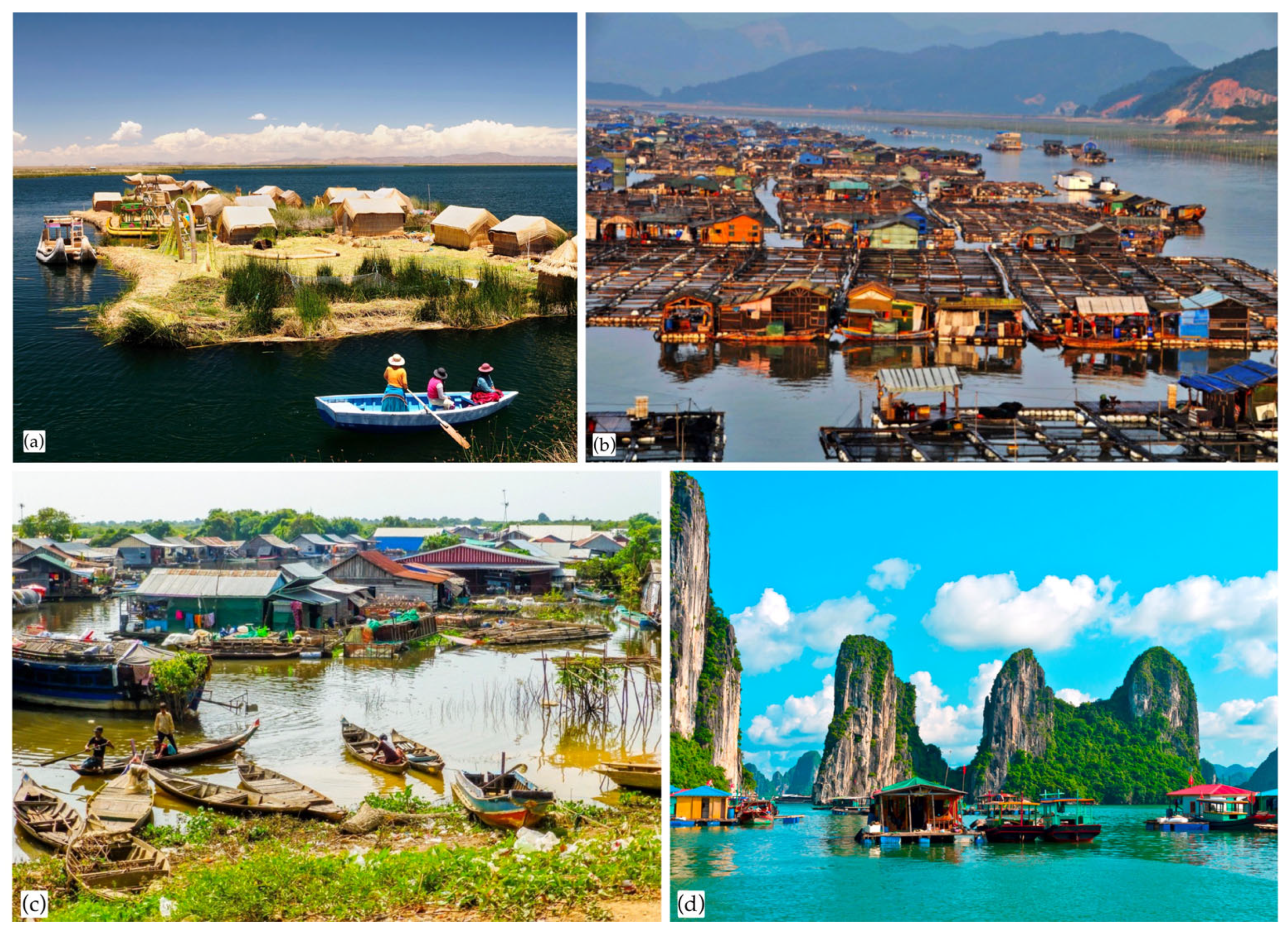
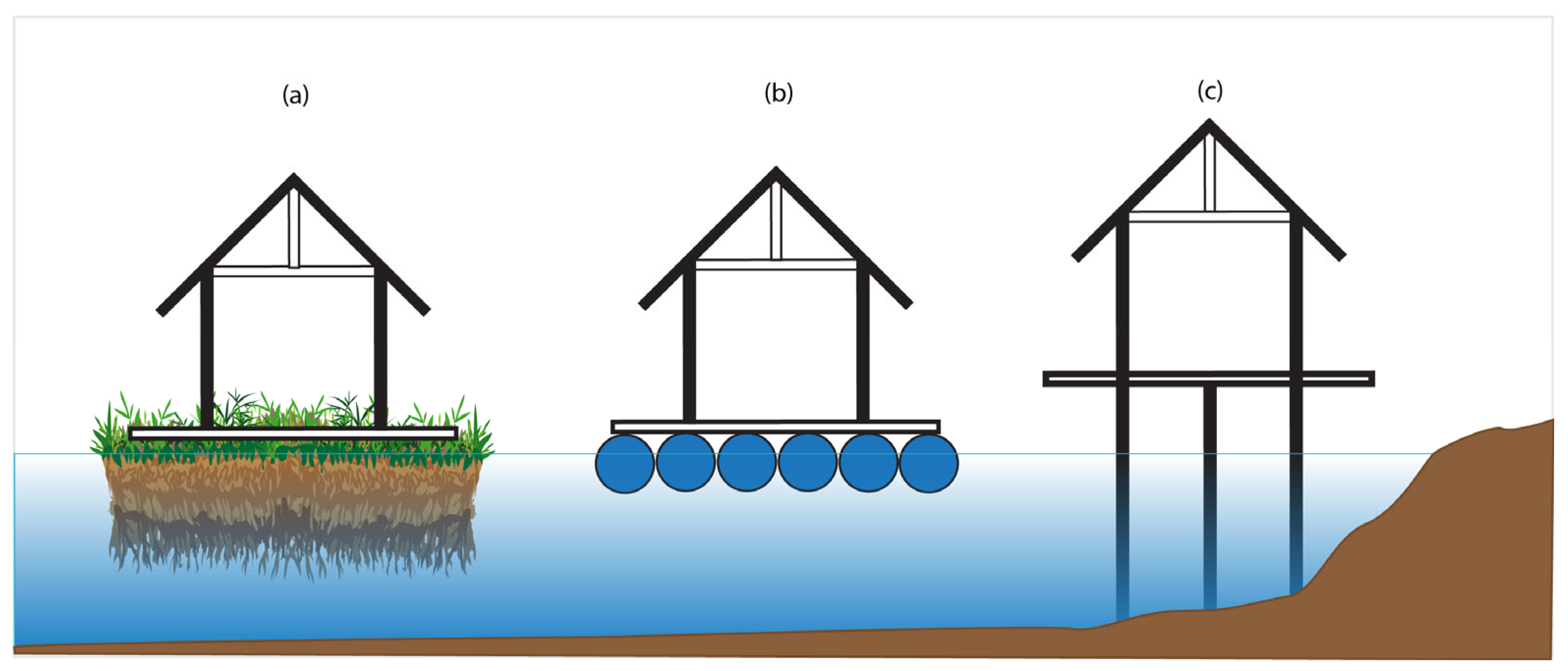
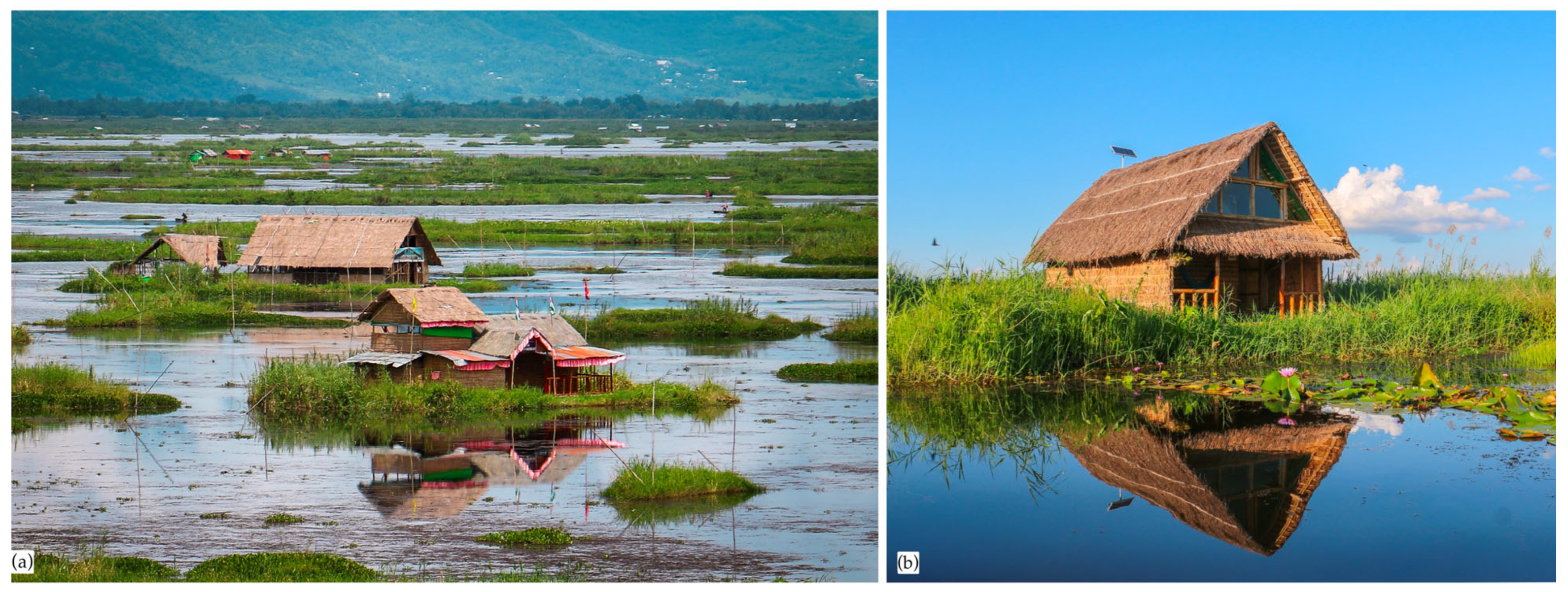

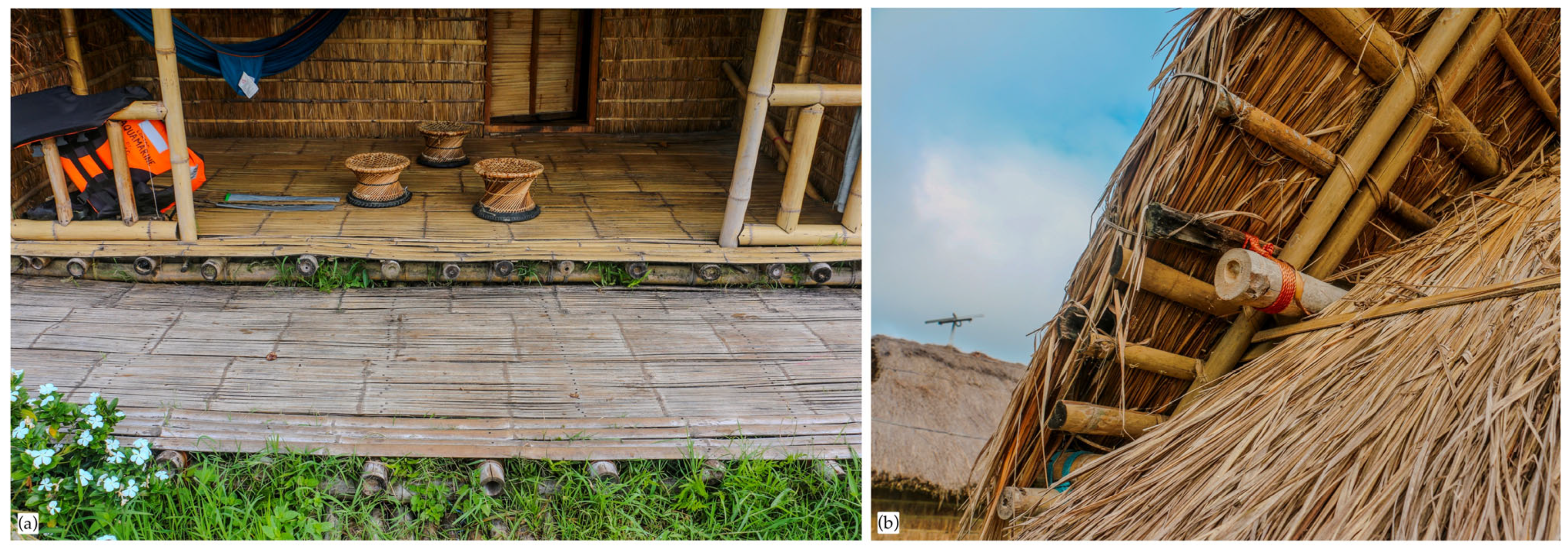

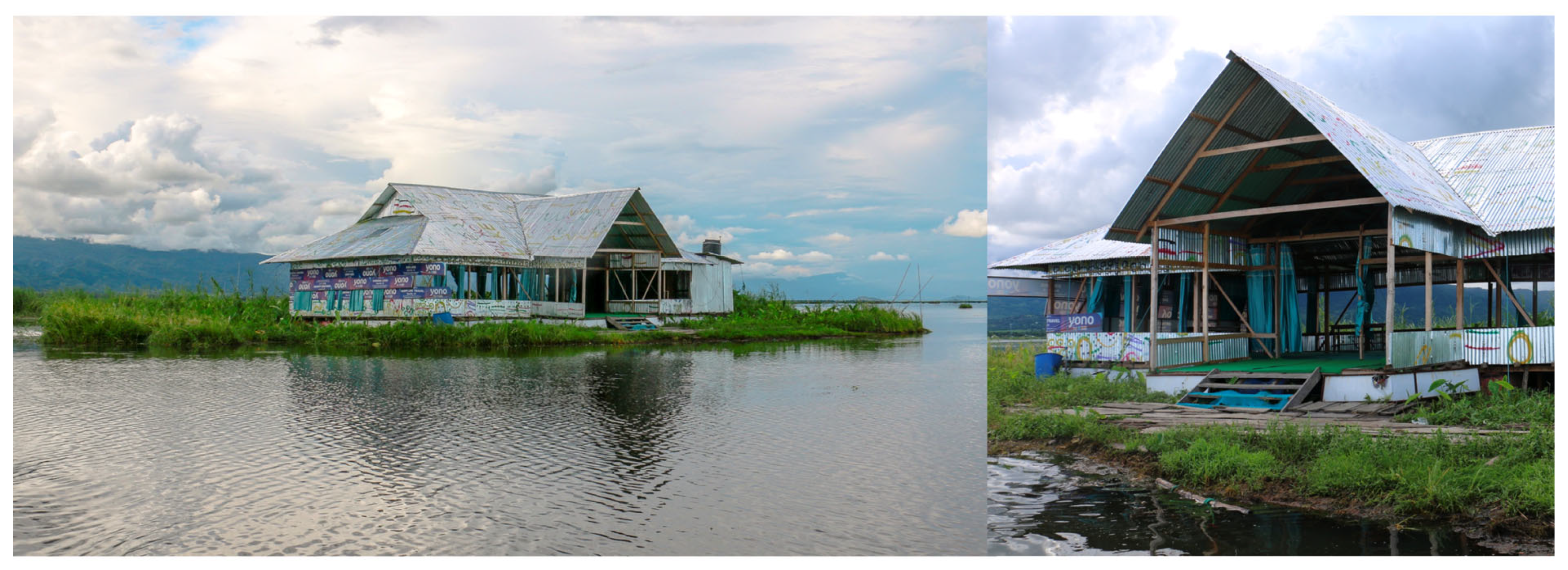
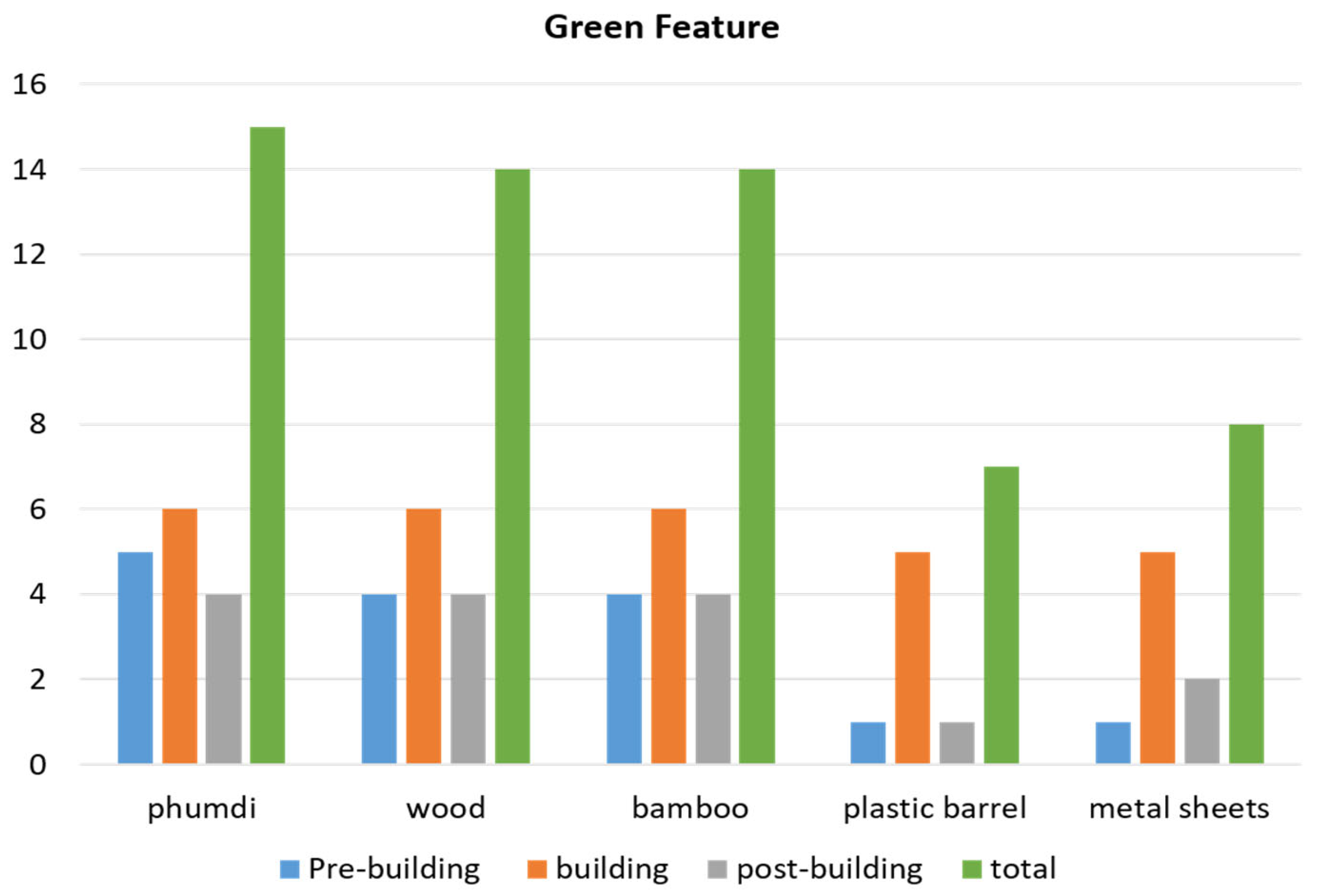
| Pre-Building Phase | Building Phase | Post-Building Phase |
|---|---|---|
| Waste Reduction (WR) | Construction Waste Reduction (CWR) | Biodegradable (B) |
| Pollution Prevention (P2) | Energy Efficiency (EE) | Recyclable (R) |
| Recycled (RC) | Water Treatment and Conservation (WTC) | Reusable (RU) |
| Embodied Energy Reduction (EER) | Nontoxic (NT) | Others (O) |
| Natural Materials (NM) | Renewable Energy Source (RES) | |
| Longer Life (LL) |
| Pre-Building Phase | Building Phase | Post-Building Phase |
|---|---|---|
| WR | CWR | B |
| P2 | EE | R |
| RC | WTC | RU |
| EER | NT | O |
| NM | RES | |
| LL |
| Pre-Building Phase | Building Phase | Post-Building Phase |
|---|---|---|
| WR | CWR | B |
| P2 | EE | R |
| -- | WTC | RU |
| EER | NT | O |
| NM | RES | |
| LL |
| Pre-Building Phase | Building Phase | Post-Building Phase |
|---|---|---|
| WR | CWR | B |
| P2 | EE | R |
| -- | WTC | RU |
| EER | NT | O |
| NM | RES | |
| LL |
| Pre-Building Phase | Building Phase | Post-Building Phase |
|---|---|---|
| -- | CWR | -- |
| -- | EE | R |
| RC | WTC | -- |
| -- | NT | -- |
| -- | -- | |
| LL |
| Pre-Building Phase | Building Phase | Post-Building Phase |
|---|---|---|
| -- | CWR | -- |
| -- | EE | R |
| RC | WTC | RU |
| -- | NT | -- |
| -- | -- | |
| LL |
Disclaimer/Publisher’s Note: The statements, opinions and data contained in all publications are solely those of the individual author(s) and contributor(s) and not of MDPI and/or the editor(s). MDPI and/or the editor(s) disclaim responsibility for any injury to people or property resulting from any ideas, methods, instructions or products referred to in the content. |
© 2024 by the authors. Licensee MDPI, Basel, Switzerland. This article is an open access article distributed under the terms and conditions of the Creative Commons Attribution (CC BY) license (https://creativecommons.org/licenses/by/4.0/).
Share and Cite
Singh, K.D.; Yi, X.; Shagolsem, L.S.; Toijam, J. Assessing Green Features of “Phumdi” as a Sustainable Material: A Comparative Analysis with Bamboo, Wood, Metal, and Plastic. Sustainability 2024, 16, 637. https://doi.org/10.3390/su16020637
Singh KD, Yi X, Shagolsem LS, Toijam J. Assessing Green Features of “Phumdi” as a Sustainable Material: A Comparative Analysis with Bamboo, Wood, Metal, and Plastic. Sustainability. 2024; 16(2):637. https://doi.org/10.3390/su16020637
Chicago/Turabian StyleSingh, Kshetrimayum Dideshwor, Xiduo Yi, Lenin S. Shagolsem, and Jayatek Toijam. 2024. "Assessing Green Features of “Phumdi” as a Sustainable Material: A Comparative Analysis with Bamboo, Wood, Metal, and Plastic" Sustainability 16, no. 2: 637. https://doi.org/10.3390/su16020637
APA StyleSingh, K. D., Yi, X., Shagolsem, L. S., & Toijam, J. (2024). Assessing Green Features of “Phumdi” as a Sustainable Material: A Comparative Analysis with Bamboo, Wood, Metal, and Plastic. Sustainability, 16(2), 637. https://doi.org/10.3390/su16020637






